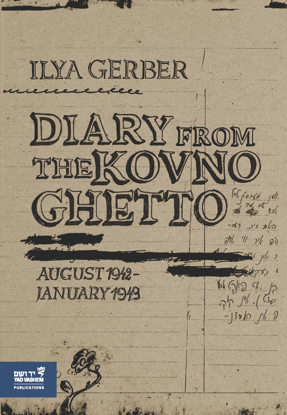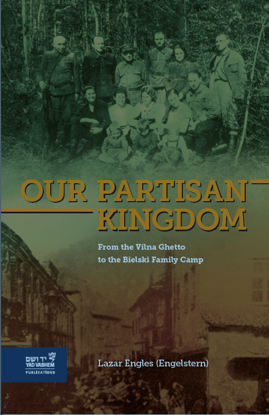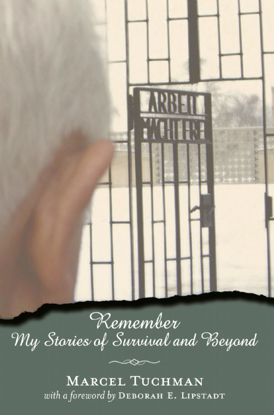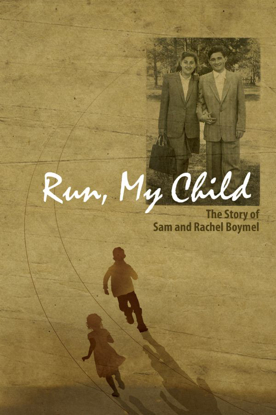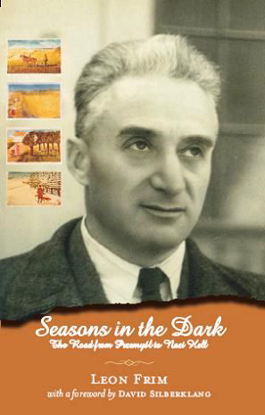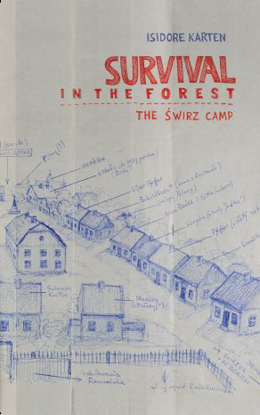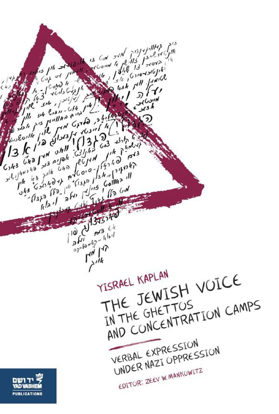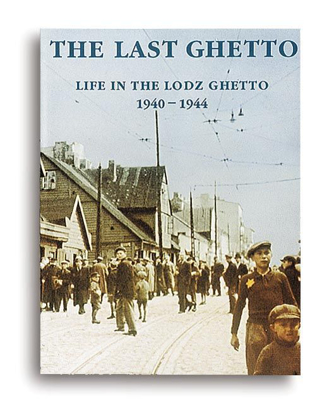Products tagged with 'Ghettos'
In the Struggle: Memoirs from Grodno and the Forests
Leib Reizer | Foreword by Martin Gilbert
Memoirs of an Unfortunate Person: The Diary of Moty Stromer
Moty Stromer | Foreword by David Silberklang
OUR PARTISAN KINGDOM - From the Vilna Ghetto to the Bielski Family Camp
Lazar Engles (Engelstern)
The moment we first set foot on the soil of the Naliboki Pushcha, the atmosphere was completely different. We felt a new kind of security, as if we were in our own partisan kingdom…. We had survived so many dangers, but we were now among Jews in the forest.
Prior to the German invasion of the Soviet Union, Lazar Engles (Engelstern) lived a peaceful and fulfilled life in his beloved city of Vilna with his wife and two daughters. The Nazi occupation of the city in June 1941 and its subsequent ghettoization marked a rapid escalation of horrors for Lazar and his family.
The End: Radom and Szydłowiec Through the Eyes of a German Photographer
Editors: Bella Gutterman and Nina Springer-Aharoni
The Jewish Voice in the Ghettos and Concentration Camps: Verbal Expression under Nazi Oppression
Yisrael Kaplan | Editor: Zeev W. Mankowitz
The Yad Vashem Encyclopedia of the Ghettos During the Holocaust
Editor-in-Chief: Guy Miron; Co-editor: Shlomit Shulhani
Tommy: To Tommy, for his Third Birthday in Theresienstadt, 22 January 1944
Written and Illustrated by Bedřich Fritta
White Coats in the Ghetto: Jewish Medicine in Poland during the Holocaust
Miriam Offer
A last few words to honor you, the Jewish doctors. What canI tell you, my beloved colleagues and companions in misery? You are a part of all of us. Slavery, hunger, deportation, thosedeath figures in our ghetto were also your legacy. And you byyour work could give the henchman the answer Non omnis moriar, I shall not wholly die. (Dr. Israel Milejkowski, Director, Judenrat Health Department in the Warsaw Ghetto, October 1942)
White Coats in the Ghetto narrates the struggle of the Jews to survive in the Warsaw ghetto while also preserving their humanity during the Holocaust. Based on a vast quantity of official and personal documents, it describes the elaborate medical system that the Jews established in the ghetto to cope with the lethal conditions imposed on them by the Nazis, and the tragic ethical dilemmas that the medical teams confronted under German occupation.




